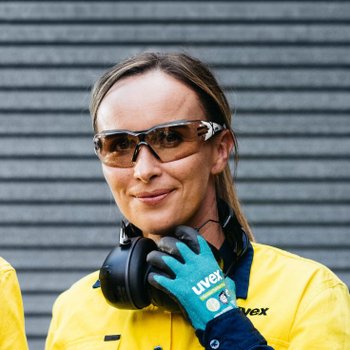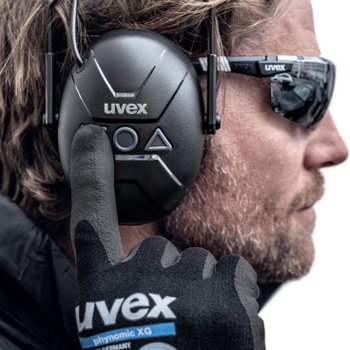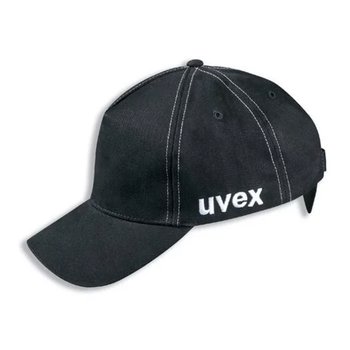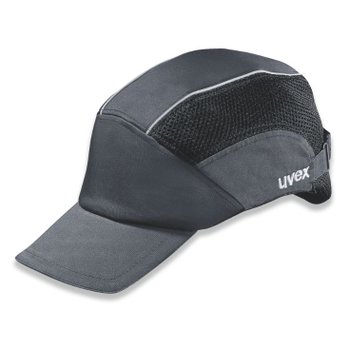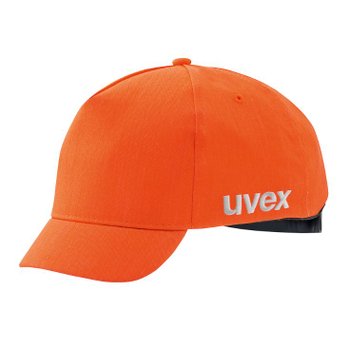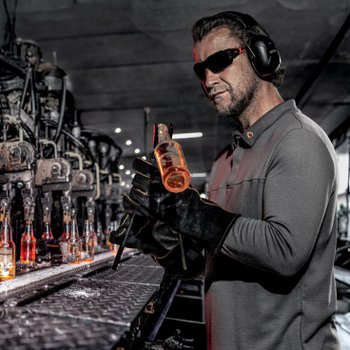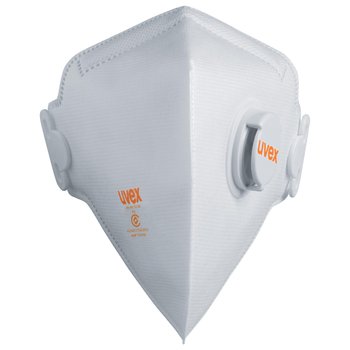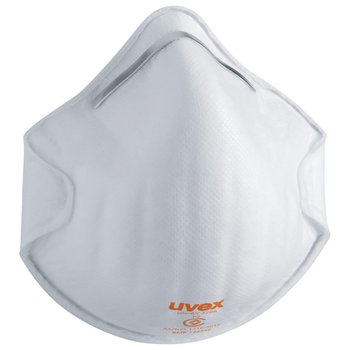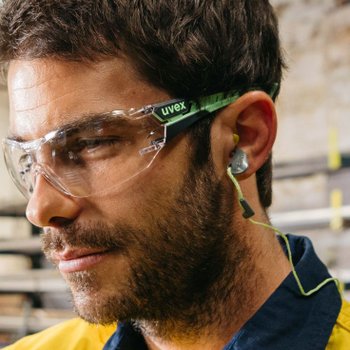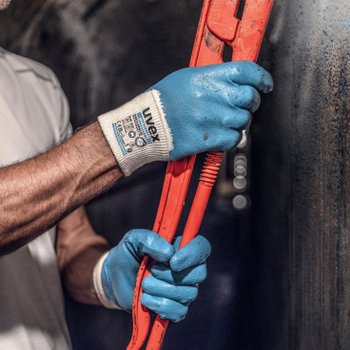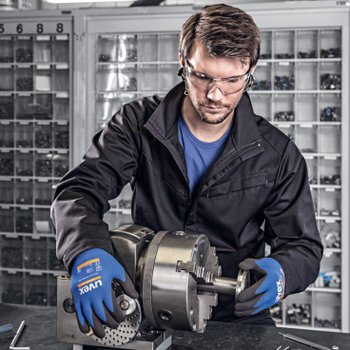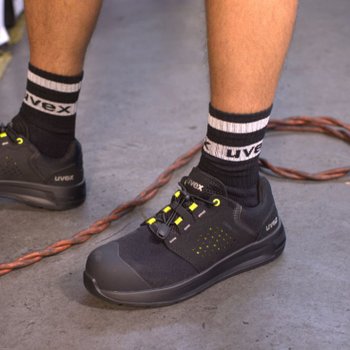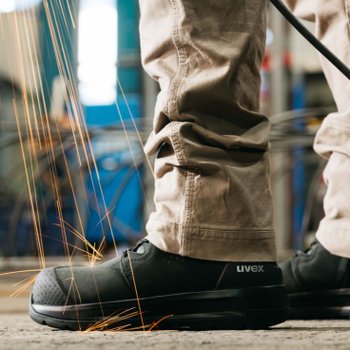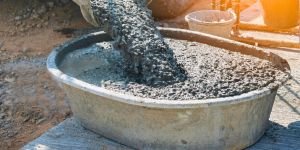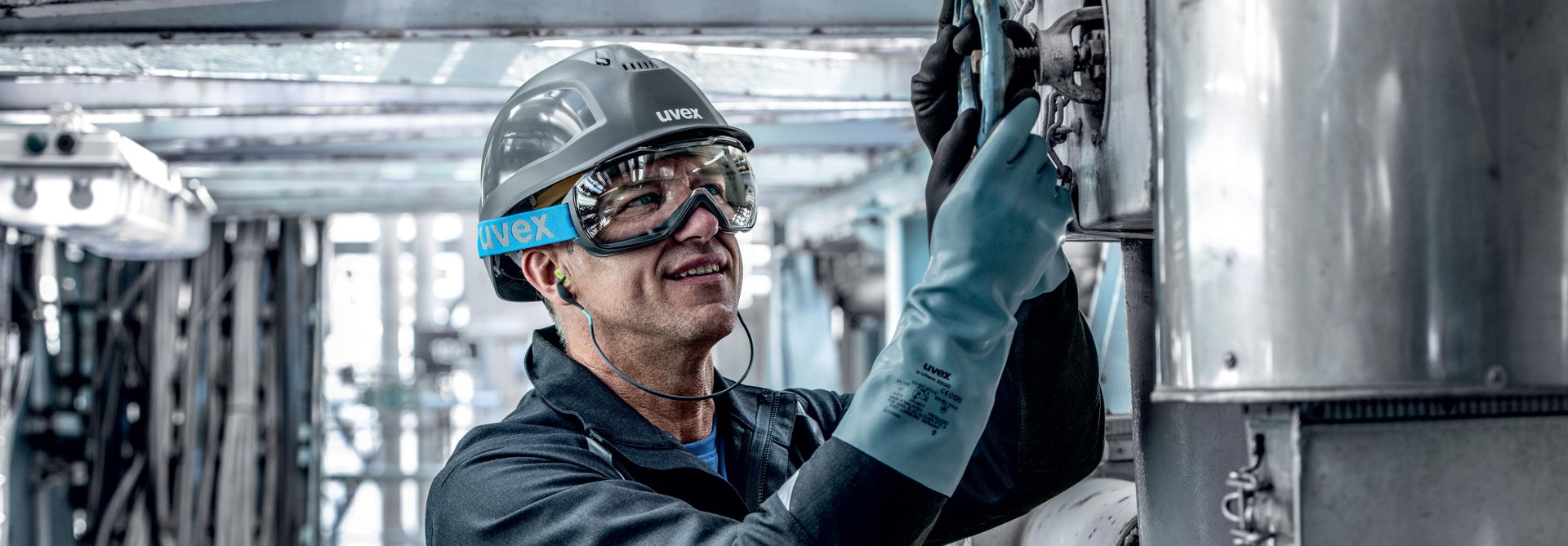
Questions and answers on the subject of hearing plugs
The "best" earplugs aren’t just about having the highest level of protection. In addition to protection, the factors of assembly/insertion, hygiene and comfort also play a central role. As each ear canal is unique in its size, shape and curvature, the sensation of fitting earplugs, insulation and comfort can vary from person to person. For this reason, the earplugs come in different versions and sizes. You should therefore choose the best earplugs for YOU according to your personal perception and priorities and test out the different types of earplugs as measured by your needs.
The protection level of disposable earplugs and many other properties of products are only slightly impacted by reusing the earplugs, but they are usually not suitable for cleaning due to their material composition. Earplugs contaminated with a combination of ear wax and dirt from previous applications provide a breeding ground for the growth of bacteria and fungus. These can cause irritation and infections in the ear canal. The term "disposable earplugs" therefore refers exclusively to this aspect of hygiene. You should therefore refrain from reusing disposable earplugs.
No, none of our earplugs contain "latex" (natural rubber).
As every earcanal differs in terms of shape and size, it is not possible to provide an accurate statement upfront about the required size of earplugs. We therefore advise that you try out the different sizes yourself. However, the following guideline can be used as a rough basis:
- the ear canal of the average woman is smaller than the ear canal of the average man
- the ear canal of children and adolescents is generally smaller than in adults
- there is usually very little difference in size between the left and right ear canal
The number indicated on the back of the pack is a batch number for internal tracking purposes. MM/YYYY indicates the month and year in which the earplug was manufactured.
No, we carefully select our materials and only use materials that are NOT classified as harmful to health or potentially harmful to health according to EU regulations and laws.
The SLC80 and Class Rating is visible on the packaging for each product and under each product on our website. The higher the SLC80 and Class Rating equates to a higher level of protection. However, the level of protection also depends on the correct size being used and the field of application.
SLC80 stands for Sound Level Conversion and is an estimate of the amount of protection to be met by approximately 80% of wearers in accordance with the requirements in AS/NZS 1270:2002. The higher the SLC80 and Class Rating equates to a higher level of protection. You can see which SLC80 and Class Rating our Hearing Protectors have under each product on our website.
Yes, both temperature and humidity influence the time it takes for the earplugs to expand. However, this is reversible – while high temperatures and high humidity reduce the expansion time, it can be increased again by reducing the temperature and humidity.
